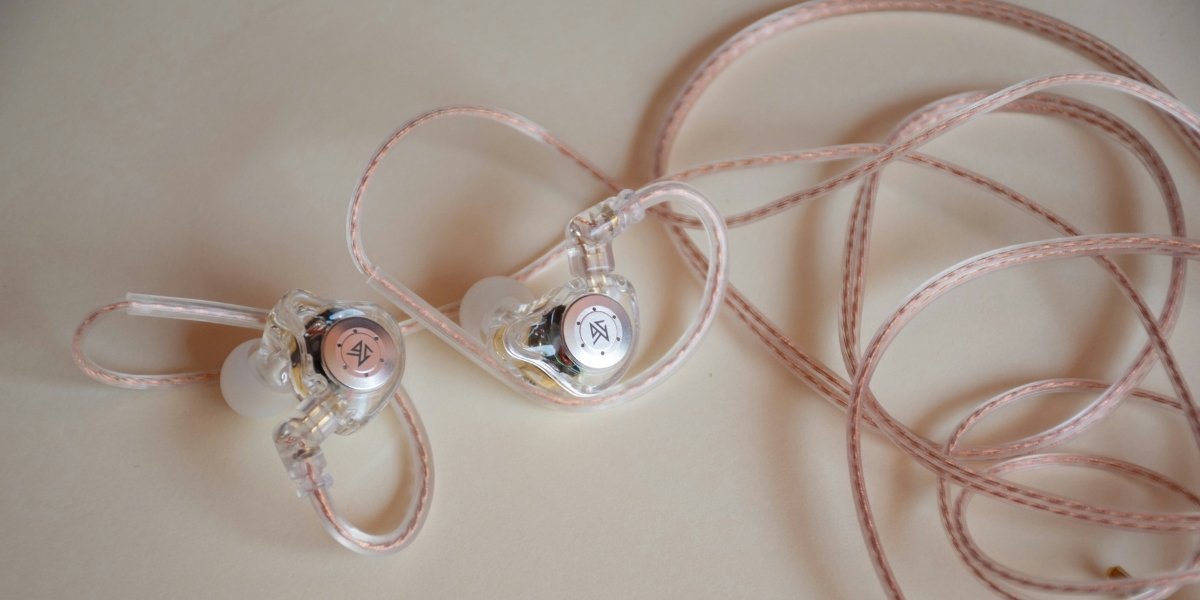The modern music scene is undergoing a significant transformation, characterized by the rise of genre fluidity. This shift away from traditional genre boundaries has led to a more dynamic and inclusive musical landscape, where artists are free to experiment with diverse influences and audiences are more open to eclectic sounds. In this article, we explore the factors contributing to the rise of genre fluidity, including cultural influences, artist innovation, audience preferences, the impact on the music industry, and future directions.
Cultural Influences
One of the primary drivers of genre fluidity is the globalization of music. Digital platforms have made music from around the world more accessible, exposing artists and listeners alike to a broader range of sounds and styles. This global exposure has led to cultural hybridization, where elements from different musical traditions are blended to create new, cross-cultural genres. For example, the integration of African rhythms with Western pop or the fusion of Latin beats with electronic music are becoming increasingly common.
The influence of streaming platforms like Spotify, Apple Music, and YouTube cannot be overstated in this context. These platforms often recommend diverse playlists that mix various genres, encouraging listeners to explore beyond their usual preferences. The algorithms driving these recommendations are designed to introduce users to new music, often leading them to discover genres they might not have encountered otherwise. As a result, listeners are becoming more accustomed to genre-blending and are increasingly seeking out these eclectic sounds.
Artist Innovation
Artists are at the forefront of the genre fluidity movement, pushing the boundaries of what is considered mainstream. Cross-genre collaborations are becoming a hallmark of the modern music scene, with artists from different musical backgrounds coming together to create innovative sounds. For instance, the collaboration between Lil Nas X and Billy Ray Cyrus on “Old Town Road” is a prime example of how hip-hop and country music can be seamlessly blended to create a genre-defying hit.
Experimental sounds are also on the rise, as artists explore unconventional structures, instrumentation, and production techniques that further blur the lines between genres. This trend is particularly prevalent among independent artists and within the DIY culture, where there is more freedom to experiment without the constraints of major label expectations. These artists are often self-produced and self-released, allowing them to explore new sonic territories without the need to conform to industry norms.
Additionally, the rise of digital production tools has made it easier for artists to experiment with different sounds and genres. Software like Ableton Live, FL Studio, and Logic Pro X allows artists to incorporate a wide range of influences into their music, from classical orchestration to trap beats. This technological accessibility has democratized music production, enabling more artists to participate in the genre-fluid movement.
Audience Preferences
Modern audiences are more open to diverse listening experiences than ever before. Diverse listening habits are becoming the norm, with listeners creating playlists that span multiple genres. This shift is partly driven by a preference for authenticity, as audiences gravitate towards music that feels genuine and reflects a wide range of influences. In an era where access to all types of music is just a click away, listeners are no longer confined to specific genres. Instead, they seek out music that resonates with them on a personal level, regardless of genre.
Moreover, there is a growing rejection of traditional labels, with many listeners and artists alike resisting the idea of being pigeonholed into a single genre. This has led to a more fluid and inclusive musical landscape where genre is less of a defining characteristic and more of a loose framework. For example, artists like Billie Eilish and Post Malone defy easy categorization, blending elements of pop, hip-hop, rock, and electronic music in their work. This genre fluidity reflects the changing tastes of a younger generation that values diversity and experimentation in their music.
Industry Impact
The rise of genre fluidity presents both opportunities and challenges for the music industry. Challenges to traditional marketing are evident, as it becomes harder to categorize and promote music within rigid genre frameworks. Record labels, which have historically relied on genre-based marketing strategies, are now forced to adapt to a landscape where genre boundaries are increasingly blurred. This shift is leading to the development of genre-agnostic approaches to artist development and marketing, where the focus is on the artist’s unique sound and vision rather than fitting into a specific genre.
The rise of genre-agnostic playlists on streaming platforms has transformed how music is discovered and consumed. Playlists like Spotify’s “Pollen” or Apple’s “Up Next” feature a mix of genres, allowing listeners to discover new music based on mood or theme rather than genre. This has made it easier for genre-fluid artists to reach broader audiences without being confined to specific genre labels. Additionally, the success of these playlists demonstrates that listeners are increasingly open to exploring diverse musical styles, further reinforcing the trend towards genre fluidity.
The industry’s adaptation to genre fluidity also involves changing the role of record labels. Labels are now more focused on nurturing an artist’s creative vision and helping them reach their target audience, regardless of genre. This shift has led to the rise of independent labels that specialize in supporting genre-fluid artists and promoting music that defies traditional categorizations.
Future Directions of Genre Fluidity
Looking ahead, the future of music is likely to see even more blurring of genre boundaries. As artists continue to experiment and collaborate across genres, we can expect the emergence of new fusion genres that further challenge traditional classifications. For example, the blending of electronic music with traditional folk elements or the fusion of jazz with hip-hop could give rise to entirely new musical styles.
Increased global collaboration will also play a significant role in the evolution of genre fluidity. As artists from different parts of the world collaborate, they bring their unique influences into the mix, creating a truly global music scene. This trend is already evident in the rise of K-pop and reggaeton, which have gained worldwide popularity through collaborations with Western artists.
Furthermore, the continued advancement of technology will likely enhance genre fluidity. Virtual reality (VR) and artificial intelligence (AI) are beginning to play a role in music production, allowing artists to create immersive, multi-genre experiences that push the boundaries of traditional music. AI-generated music, in particular, has the potential to introduce new sounds and genres that challenge our understanding of music itself.
The rise of genre fluidity is reshaping the modern music scene in profound ways. Cultural influences, artist innovation, and evolving audience preferences are driving this trend, while the music industry adapts to new marketing challenges and opportunities. As genre boundaries continue to blur, the future of music promises to be more diverse, inclusive, and exciting than ever before. This shift towards genre fluidity not only reflects the changing tastes of modern audiences but also heralds a new era of creativity and experimentation in the music world. As we move forward, the music industry will need to embrace this fluidity, fostering an environment where artists can thrive and listeners can enjoy a richer, more varied musical experience.

















